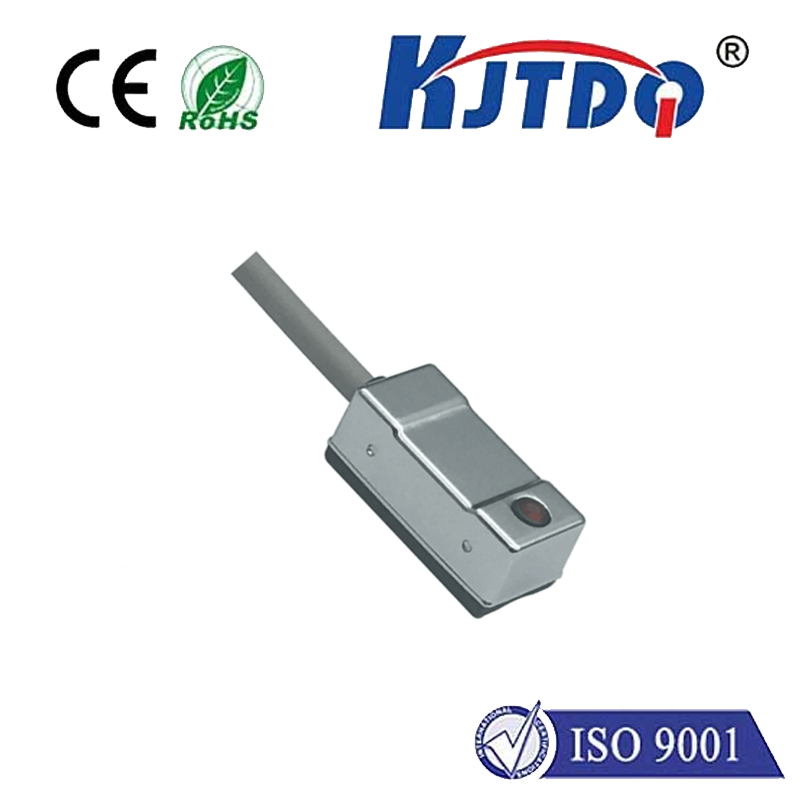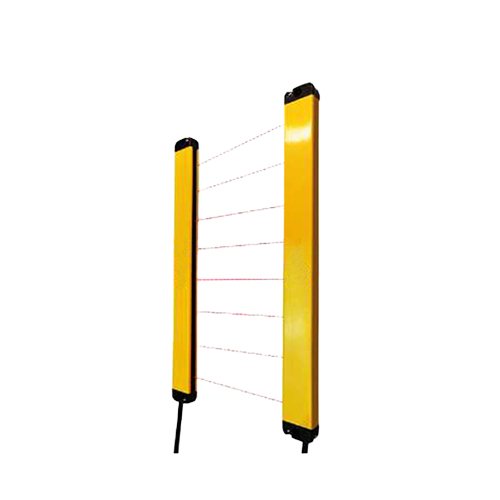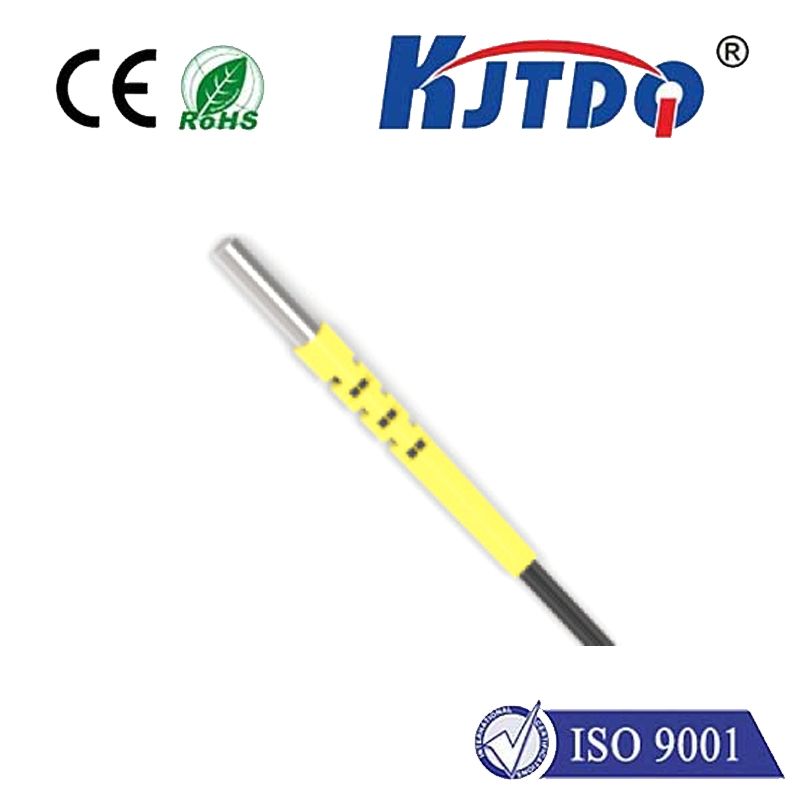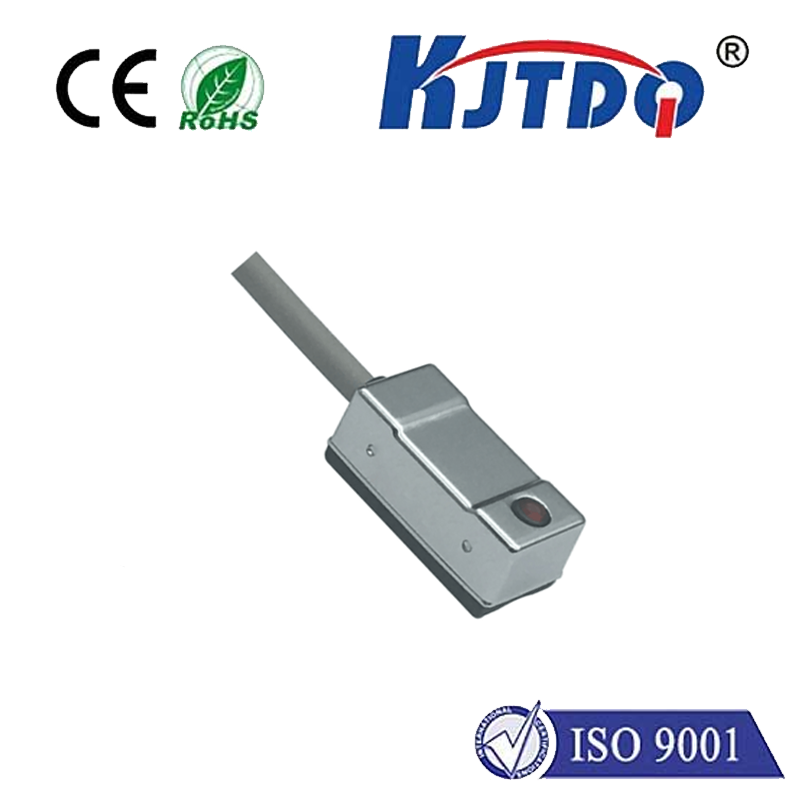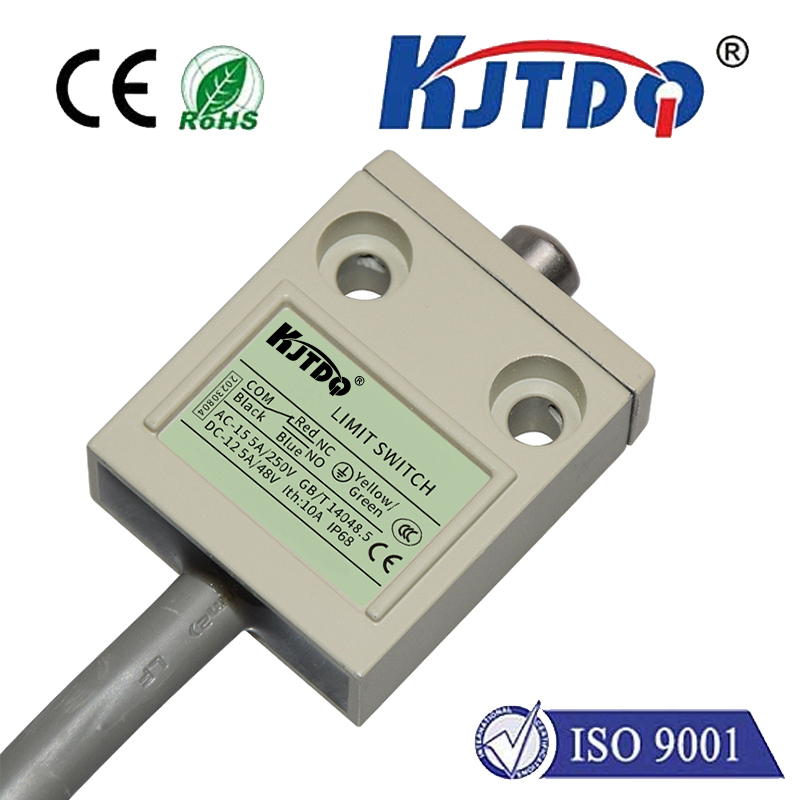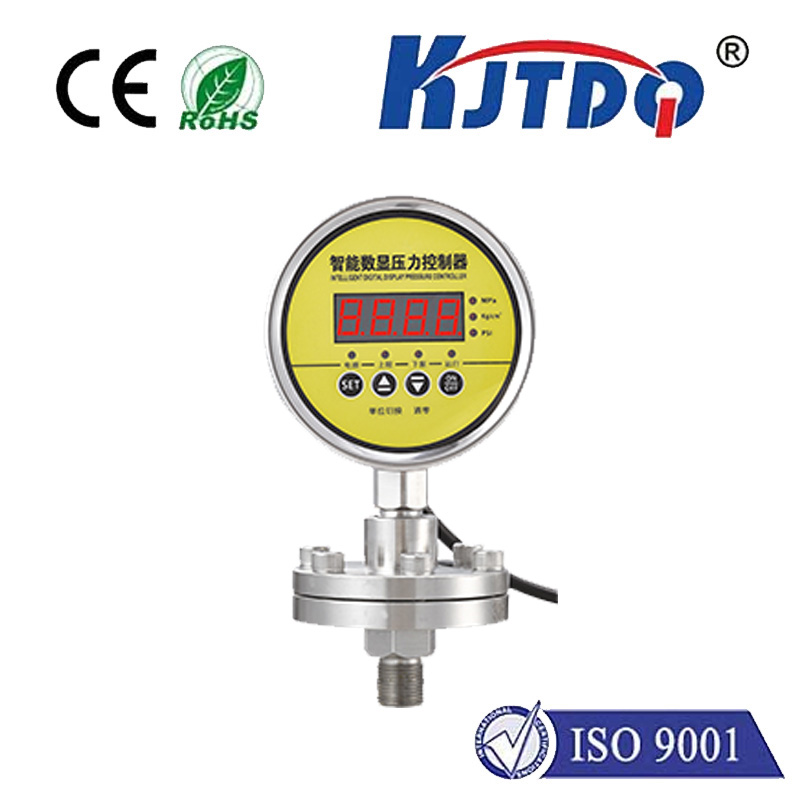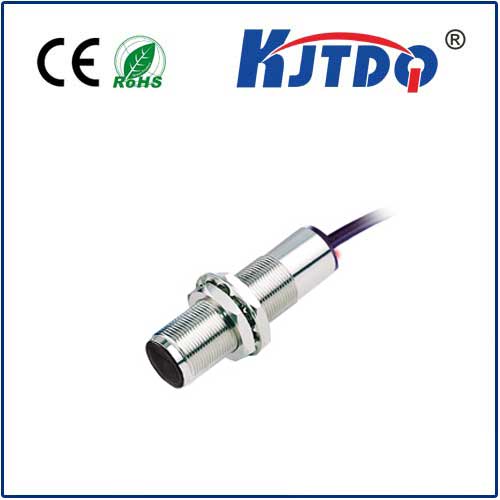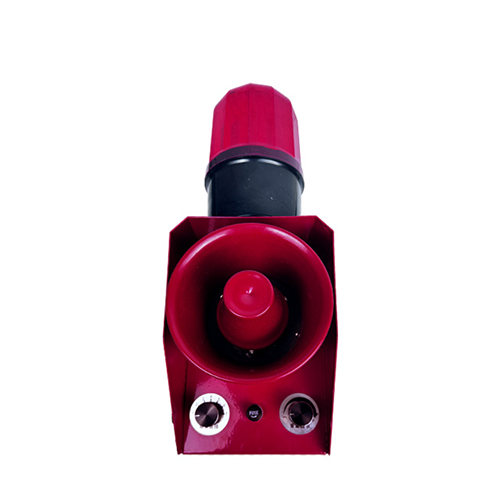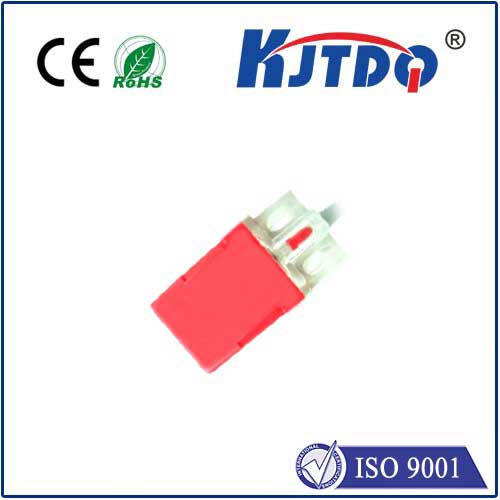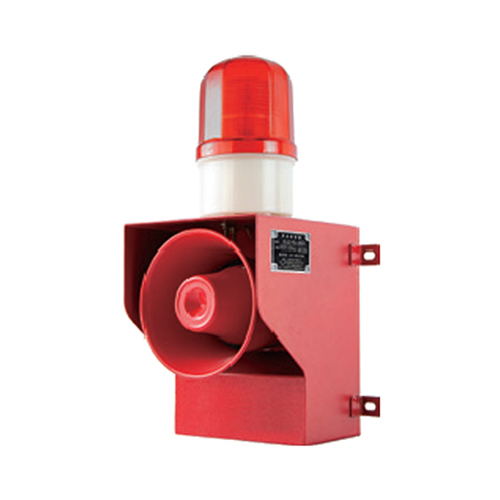

check

check

check

check
In an age defined by rapid technological advancements and innovation, distance measuring sensors have emerged as a pivotal component in various industries. These devices are integral for measuring the distance between two points with high precision and accuracy. Whether it’s in manufacturing automation, robotics, automotive safety, or navigation systems, distance measuring sensors offer indispensable benefits. This article delves into the core aspects of distance measuring sensors, their applications, and the technology behind them.
Distance measuring sensors come in various types, each utilizing different technologies to measure distance. The most common types include ultrasonic sensors, infrared sensors, laser sensors, and radar sensors. Each type has its unique method of determining distance, ranging from sound waves to electromagnetic radiation.
Ultrasonic Sensors: These sensors emit sound waves at ultrasonic frequencies, which travel through the air until they hit an object. The device then measures the time it takes for the waves to bounce back. By knowing the speed of sound, the distance to the object can be calculated.
Infrared Sensors: Infrared sensors emit light pulses and measure the time it takes for the light to reflect off an object and return. Similar to ultrasonic sensors, they use the speed of the pulse to calculate distance.
Laser Sensors: Laser distance sensors function similarly to ultrasonic sensors but use laser light instead of sound waves. They are known for their high accuracy and ability to measure over long distances.
Radar Sensors: These sensors use radio waves to determine distance. They are particularly useful in automotive applications like adaptive cruise control and collision avoidance systems.
The versatility of distance measuring sensors makes them suitable for a myriad of applications across different sectors. Below are some notable uses:

Manufacturing Automation: In industrial settings, distance sensors ensure precise measurements for assembly lines, quality control, and robotic positioning. They help maintain consistency and reduce production errors.
Robotics: Robots equipped with distance measuring sensors can navigate environments safely, avoiding obstacles and moving with pinpoint accuracy. These sensors are critical for tasks such as welding, painting, and handling delicate materials.
Automotive Industry: Modern vehicles increasingly rely on distance sensors for advanced driver-assistance systems (ADAS). Features like automatic emergency braking, parking assistance, and lane departure warnings all utilize these sensors.
Surveying and Mapping: Laser distance sensors, also known as total stations, are essential tools for land surveyors and architects. They provide highly precise measurements over long distances, enabling accurate mapping and construction alignment.
Distance measuring sensors offer numerous advantages that make them indispensable in various fields:
High Precision and Accuracy: These sensors provide measurements with exceptional precision, ensuring reliable data for critical applications.
Versatility: With different types available, distance measuring sensors can be tailored to suit specific needs across a wide range of industries.
Efficiency: By automating measurement processes, these sensors significantly increase efficiency and productivity while reducing human error.
Non-contact Measurement: Most distance sensors operate without physically touching the object being measured, which is essential for maintaining the integrity of delicate items.
Despite their numerous benefits, distance measuring sensors face certain challenges:
Environmental Conditions: Factors such as dust, moisture, and temperature can affect the accuracy of measurements. It is crucial to select sensors designed for the specific environmental conditions they will encounter.
Interference: In environments with multiple sensors or electronic devices, interference can occur, impacting performance. Proper planning and shielding are necessary to mitigate these effects.
Complex Integration: Integrating distance measuring sensors into complex systems can be challenging and often requires specialized knowledge and expertise.
Distance measuring sensors have revolutionized the way we measure and interact with our environment, offering precision, efficiency, and reliability. As technology continues to advance, these sensors are poised to play even more significant roles in diverse applications, from industrial automation to autonomous vehicles. Understanding their capabilities, applications, and potential challenges allows organizations to leverage their full potential, driving innovation and improvement in countless sectors.
